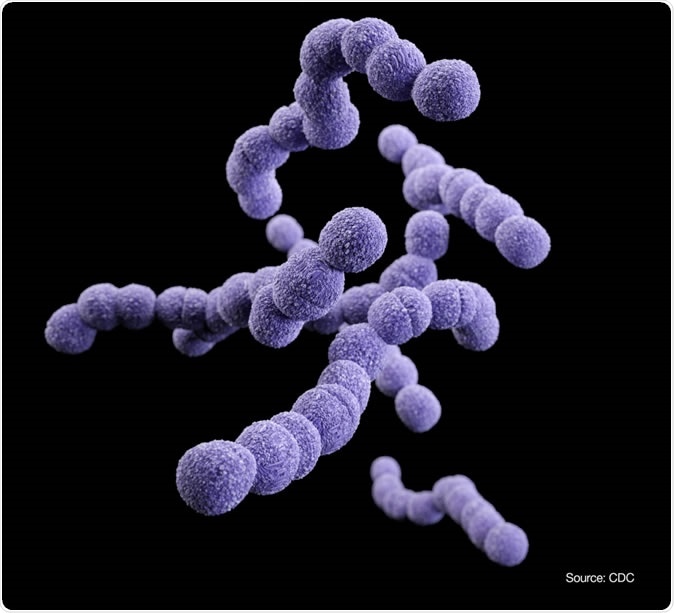Known as zoonotic diseases, which are passed on through direct contact with animals and through food and water, these diseases and infections passed from animals to humans include salmonella, E. coli, anthrax, and cat scratch disease, an illness caused by the bacterium Bartonella henselae, resulting in swollen lymph nodes and fever.
There is a great deal of information about pathogens passed from animals to humans, but little is documented about humans passing pathogens on to animals. But now, Vincent Richards, a researcher at the College of Science has found that humans are capable of passing on antibiotic-resistant genes to animals, publishing the results in the journal Molecular Biology and Evolution.
Richards believes that humans have developed antibiotic-resistant genes through the over- and misuse of antibiotic drugs, explaining:
“I found actual cases of transmission of these antibiotic resistance genes from humans into livestock, companion animals and wildlife.”
He hypothesizes that the transmission of these genes occurred via animal handling or through runoff from water.
Richards and his research team analyzed 901 global genome sequences from nine different host species, with Streptococcus agalactiae (group B strep) bacteria isolated from 795 humans, 61 cows, 29 fish, two frogs, five dogs, five gray seals, one dolphin, one goat, and one camel.

Streptococcus agalactiae. Image Credit: Alissa Eckert, courtesy of Centers for Disease Control
Streptococcus agalactiae can cause serious illnesses such as meningitis, pneumonia, and sepsis in new-born children, as well as causing bovine mastitis, an inflammatory condition that limits milk production in cattle.
With these serious risks in mind, Richards and the other researchers aimed to better understand how the bacteria were transmitted from humans to animals, with Richards noting how widely the bacteria could spread.
“One of the things that makes the bacteria so interesting is its wide host range,” Richards said. “It doesn’t just infect humans and cows, it infects a whole range of terrestrial and aquatic mammals, reptiles, and amphibians, and fish. It has quite the taxonomic range for a bacteria.”
The genes were organized into core and dispensable groups to create the pan-genome, with core genes being shared across all of the genomes, and dispensable genes only showing up in certain species’ genomes.
Richards found that 90 percent of the pan-genome was made up of dispensable genes, with 10 percent being core genes.
Plasticity in the bacterial genome allowed the pan-genome to grow significantly. This meant that the bacteria were able to adapt their DNA makeup quickly in order to survive in different species. With the pan-genome growing, a number of niches and biochemically diverse populations of the bacteria were generated, showing how genes in one host can be passed on to another host. As Richards explains:
“You have genes that are adapted to a particular population now being transferred into another population. A particular gene for antibiotic resistance that was selected in human populations is now being transmitted into animal populations.”
Richards and his research team aim to use the genomic techniques used in this study to investigate strep bacteria, which is present in the human mouth. This next step in the team’s research would examine the part metabolic genes play in pediatric tooth decay.
Source:
Journal reference:
Vincent P Richards, Irina M Velsko, Md Tauqeer Alam, Ruth N Zadoks, Shannon D Manning, Paulina D Pavinski Bitar, Hayley B Hassler, Chiara Crestani, Garrett H Springer, Brett M Probert, Christopher D Town, Michael J Stanhope, Population Gene Introgression and High Genome Plasticity for the Zoonotic Pathogen Streptococcus agalactiae, Molecular Biology and Evolution, , msz169, https://doi.org/10.1093/molbev/msz169, https://academic.oup.com/mbe/advance-article/doi/10.1093/molbev/msz169/5539754